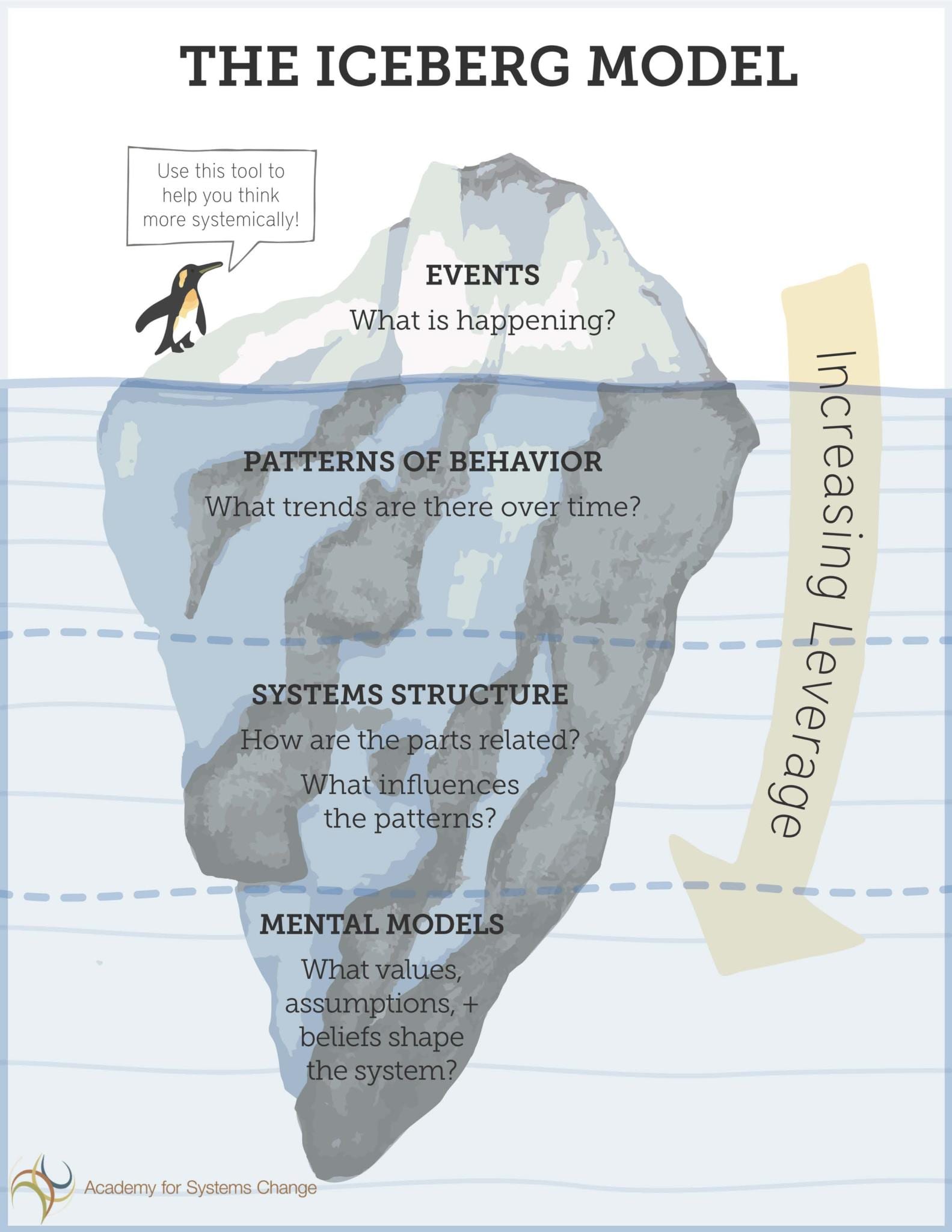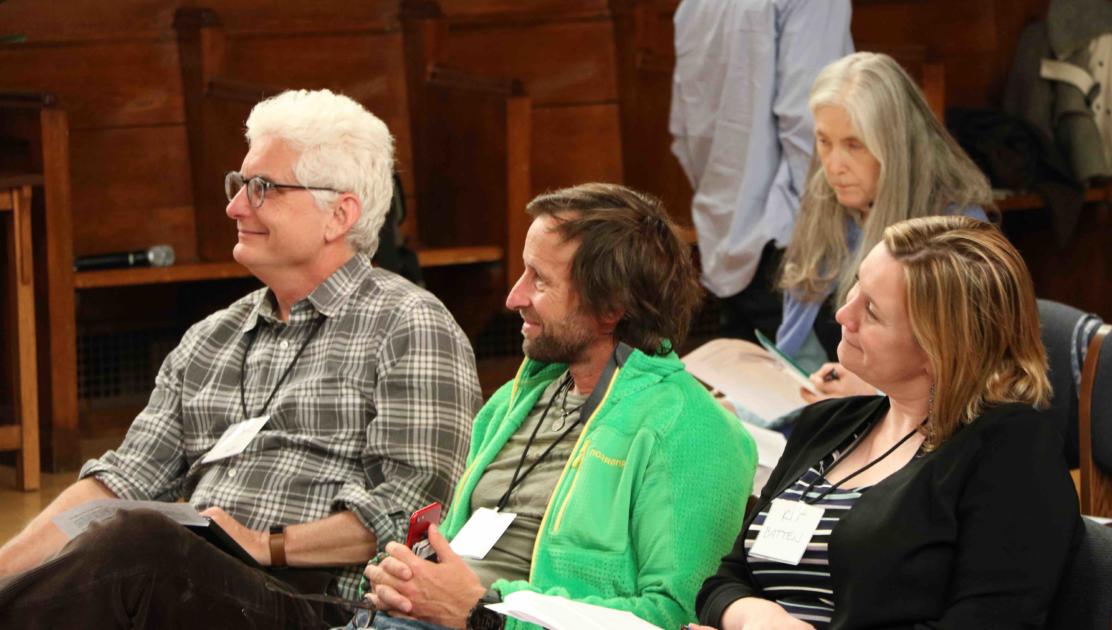Pathways to Planetary Health Symposium
By Garrison InstituteOn April 17-19, 2018, as part of our focus on Transformational and Contemplative Ecology, the Institute hosted a special symposium to explore the intersection between, and interdependency of, various systems perspectives that are working to restore our planet’s health and frame them within a framework of ethical equality.
This ethical framework views the path to planetary health as one that requires fully integrated, mutually supportive, systematic frameworks. The world is being shaped by vast, human-caused mega-trends resulting in declining planetary health. The only viable solutions to these planetary issues must integrate all of the different systems perspectives discussed during the symposium–Half-Earth, Ecological Civilization, Regenerative Economics, and Pervasive Altruism.
Scientists, researchers, policy makers, thought leaders, academics, conscious investors, nonprofit directors, and spiritual teachers all gathered at the Institute to share their insights and develop new pathways that will lead to deep and lasting social transformation and planetary health. 
The symposium was designed to explore intersectional systems solutions to provide new and insightful perspectives into the ways that individual organizations and people can adopt new ways of thinking. The goal was such that each member of the symposium would be able to help shed some light on their own structures, and share their institutional knowledge of human behavior and economic systems for the benefit of the planet.
The iceberg model, developed by renowned systems thinker Peter Senge, was used throughout the symposium as a tool to encourage systemic thinking. By asking you to connect an event–a single incident or occurrence–to patterns of behavior, systems structures, and mental models, the iceberg allows you to see the structures and significant institutional understandings underlying the event. Just like an iceberg, 90% of which is invisible beneath the water, these patterns of power, understanding, culture, and society are often hidden below the surface. However, if you can identify the systems keeping such behaviors and structures static, and connect them to the events that you are seeing, you may be able to develop lasting solutions that target the whole system rather than short term, reactive solutions.
Stay tuned for our comprehensive report on the symposium that will feature insights, conversations, and reflections from various presenters and participants.
